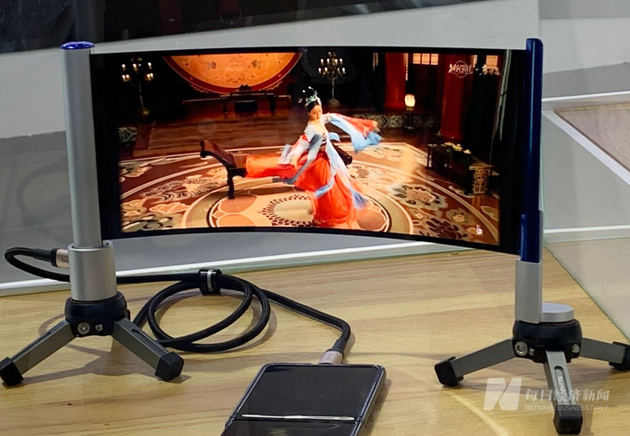
File photo/Fan Qianqian (NBD)
This week, both Huawei and Xiaomi have released new phones that use domestically produced flexible OLED screens.
The momentum of domestically produced OLED smartphone screens has been growing rapidly this year.
Analysts predict that the shipment of domestically produced OLED smartphone panels will exceed 220 million pieces in 2023, an increase of nearly 40% compared to the previous year.
As local panel factories' OLED technology gradually matures, and considering various factors such as cost, China's domestic phone manufacturers continue to increase their procurement scale of OLED display panels.
It's predicted that the penetration rate of mainland China's panel factories in the global smartphone OLED panel market is expected to reach 38% this year, an increase of nearly 10 percentage points compared to the previous year.
According to Omdia, a research institution, in the global small and medium-sized OLED panel market in March 2021, Samsung's shipment volume accounted for 56%, BOE's shipment volume accounted for 12%, LG Display's shipment volume accounted for 11%, Visionox's shipment volume accounted for 6%, and EverDisplay's shipment volume accounted for 5%, ranking in the top five.
Compared with 2021, Samsung's share decreased by 5 percentage points, LGD's ranking dropped from second to third, while the share of Chinese panel factories is on the rise.


 川公网安备 51019002001991号
川公网安备 51019002001991号





